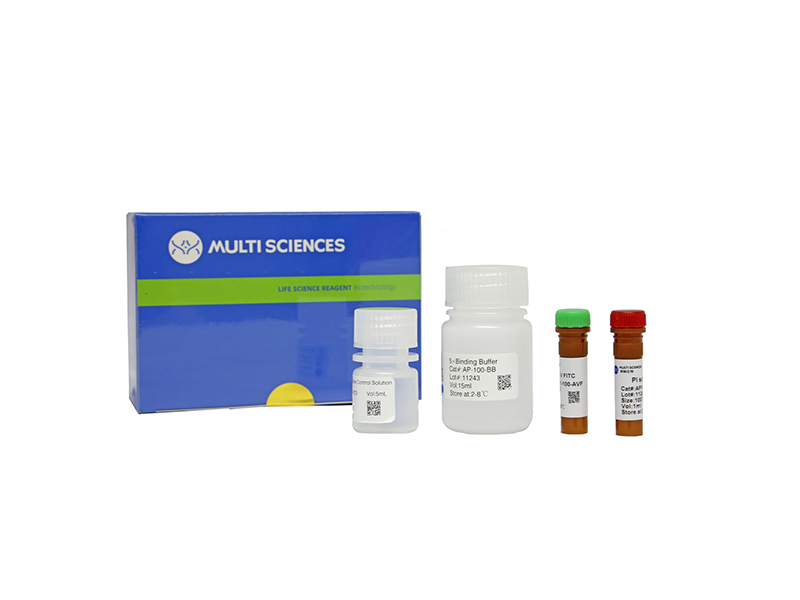ABSTRACT TRPV3 is a temperature-sensitive calcium-permeable channel. In previous studies, we noticed prominent TUNEL-positive keratinocytes in patients with Olmsted syndrome and Trpv3 +/G568V mice, both of which carry gain-of-function mutations in the TRPV3 gene. However, it remains unclear how the keratinocytes die and whether this process contributes to more skin disorders. Herein, we showed that gain-of-function mutation or pharmacological activation of TRPV3 resulted in PARP1/AIFM1/MIF axis-mediated parthanatos, which is an underestimated form of cell death in skin diseases. Chelating calcium, scavenging reactive oxygen species or inhibiting nitric oxide synthase effectively rescued the parthanatos, indicating that TRPV3 regulates parthanatos through calcium-mediated oxidative stress. Furthermore, inhibiting PARP1 downregulated TSLP and IL33 induced by TRPV3 activation in HaCaT cells, reduced immune cell infiltration, and ameliorated epidermal thickening in Trpv3 +/G568V mice. Marked parthanatos was also detected in the skin of MC903-treated mice and patients with atopic dermatitis (AD), while inhibiting PARP1 largely alleviated the MC903-induced dermatitis. Additionally, stimulating parthanatos in mouse skin with methylnitronitrosoguanidine recapitulated many features of AD. These data demonstrate that the TRPV3-regulated parthanatos-associated PARP1/AIFM1/MIF axis is a critical contributor to the pathogenesis of Olmsted syndrome and AD, suggesting that modulating the PARP1/AIFM1/MIF axis is a promising therapy for these conditions.
文章引用产品列表
-
- AP107 88 Citations
- 凋亡试剂盒
Annexin V-APC/PI Apoptosis Kit(细胞凋亡试剂盒)
- ¥780.00 – ¥1,860.00



